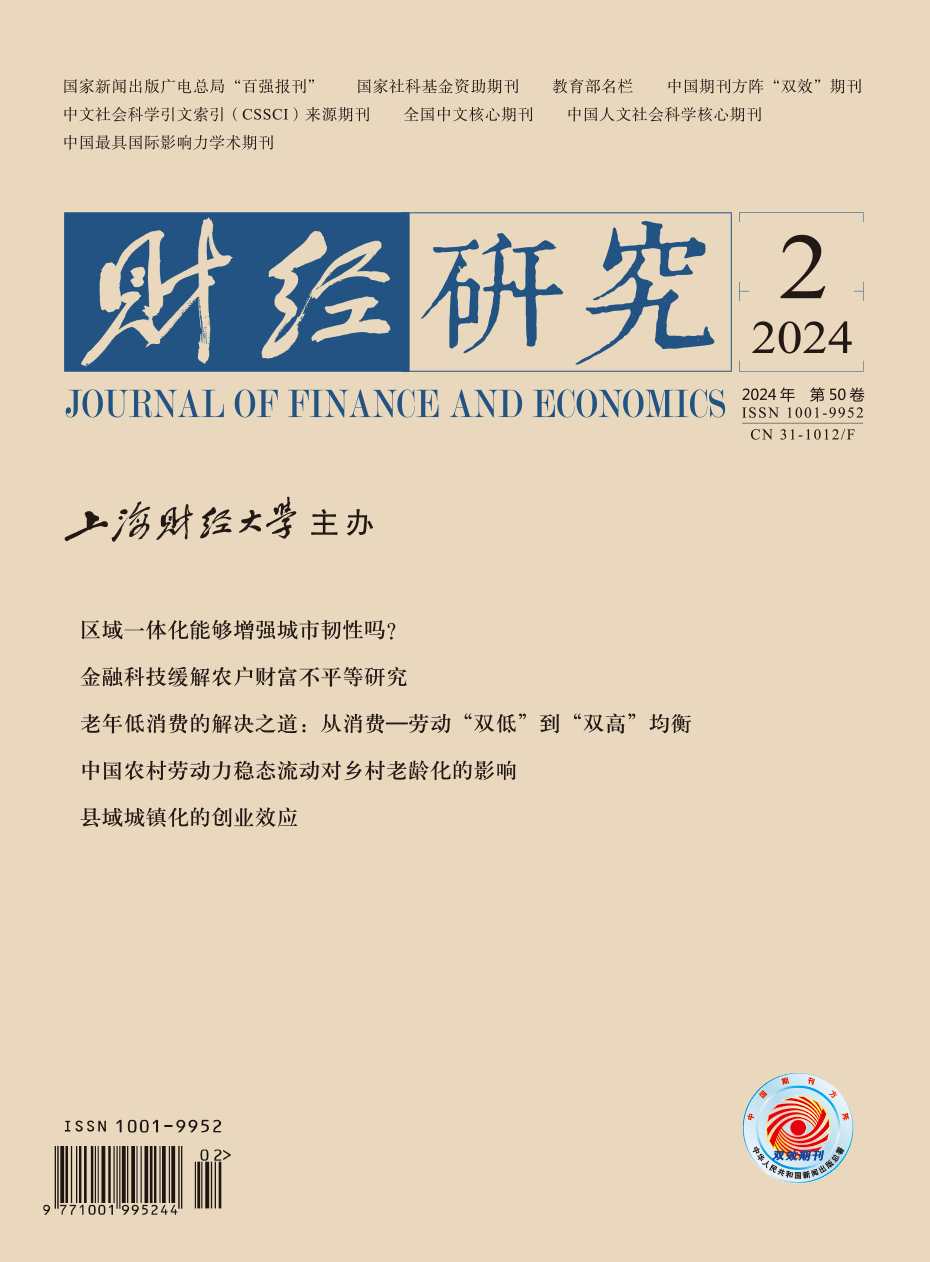At the stage of new urbanization, local governments gradually promote the formation of co-located areas with reasonable structure and clear division of labor based on geographic proximity, which plays a pivotal role in supporting economic growth and promoting coordinated regional development. Based on the panel data of 131 pairs of cities in 34 metropolitan areas in China from 2000 to 2019, this paper considers the promulgation of the urban integration plan as a quasi-natural experiment, and adopts a DID model to explore the economic effect of urban integration on the peripheral cities of metropolitan areas.
This paper finds that urban integration effectively drives the economic growth of peripheral cities and improves the “agglomeration shadow” phenomenon caused by the rapid expansion of the central city, and this conclusion passes a series of robustness tests. Urban integration mainly promotes the economic growth of peripheral cities through the effects of technology diffusion, industrial investment, and population mobility. The decrease of spillover effect brought by the increase of geographic distance, the difference of industrial structure, and the difference of government support explain the heterogeneity of the economic effect of urban integration to some extent.
The findings of this paper provide policy ideas for promoting the practical experience of urban integration in China: First, innovate the regional linkage mechanism and accelerate the construction of regional communities in metropolitan areas. Second, promote regional market integration and the rational allocation of factors in co-located metropolitan areas. Third, promote infrastructure connectivity and facilitate the development of regional industrial division of labor.
The marginal contributions of this paper are that: First, this paper breaks through the research framework of urban integration, providing empirical evidence to accurately understand the economic effect of urban integration. Second, the urbanization regions included in this paper are the most common types of urbanization cases in China, which makes the results of the study have certain practical significance. Third, this paper explores the mechanism of urban integration from the perspective of factor mobility, providing a useful addition to the literature on regional cooperation and factor mobility.





 2587
2587  3183
3183

